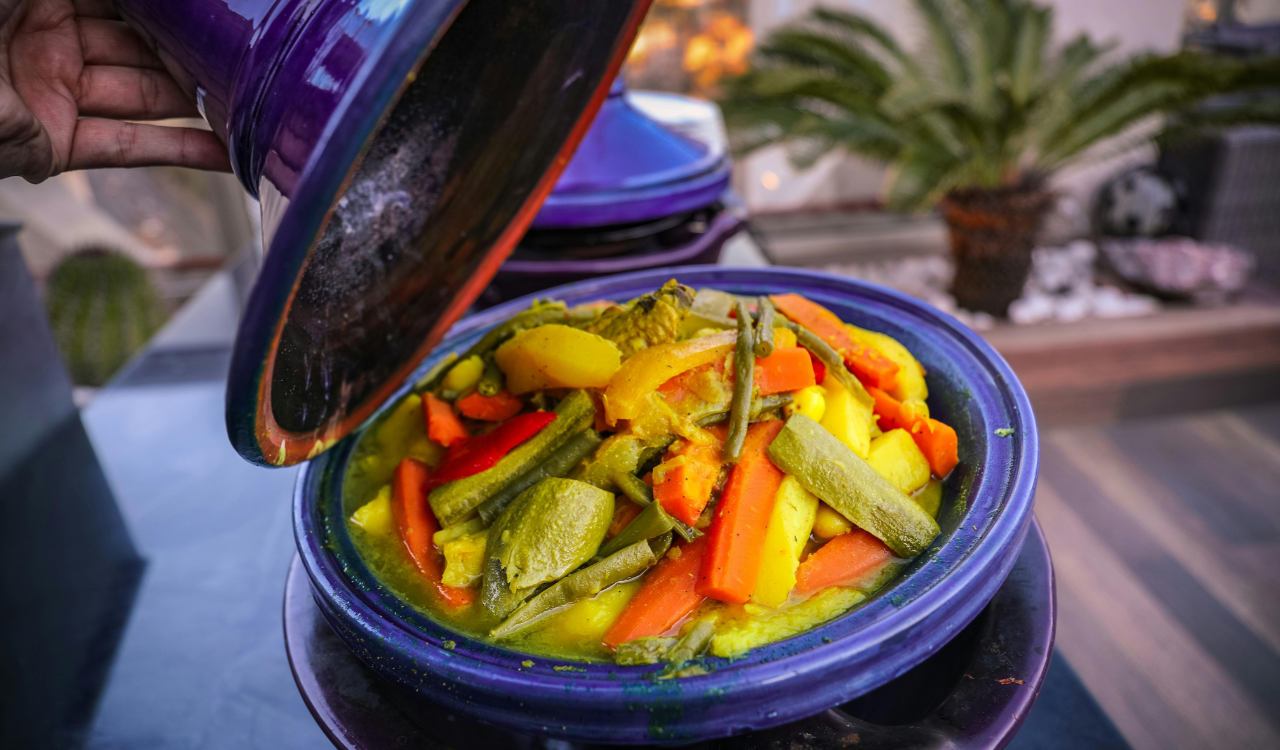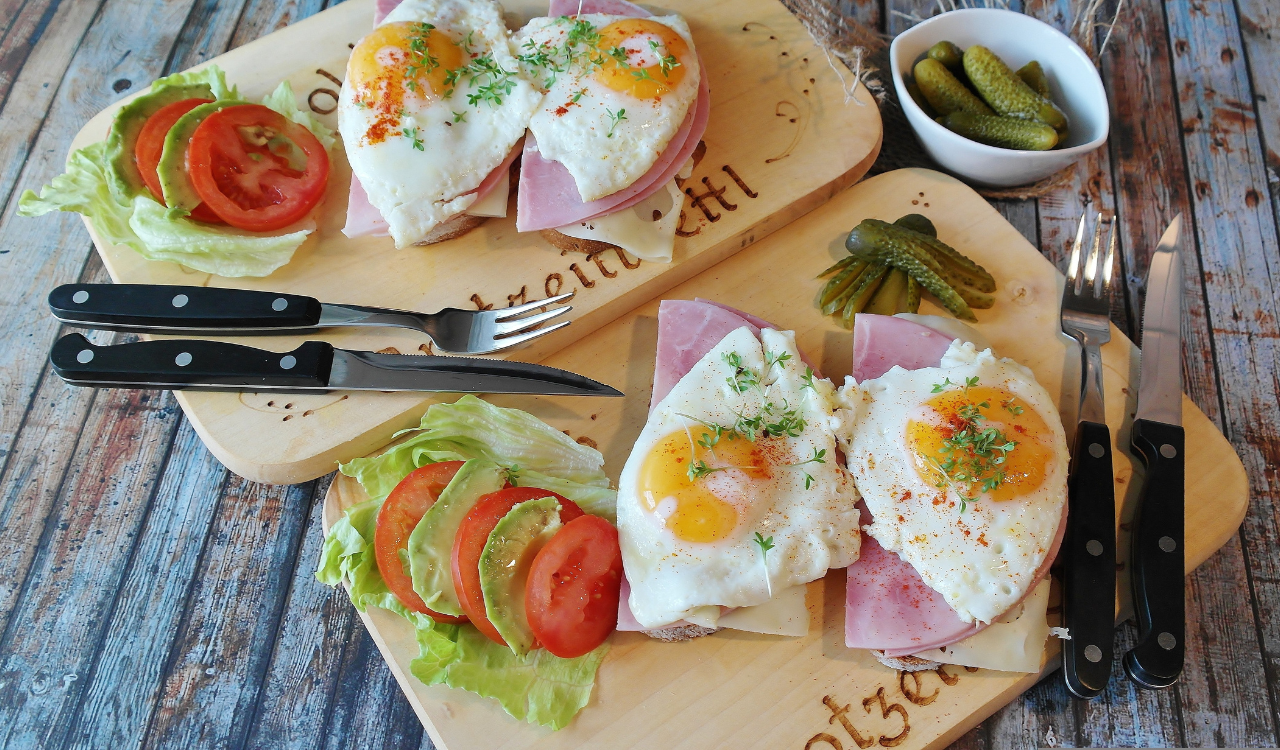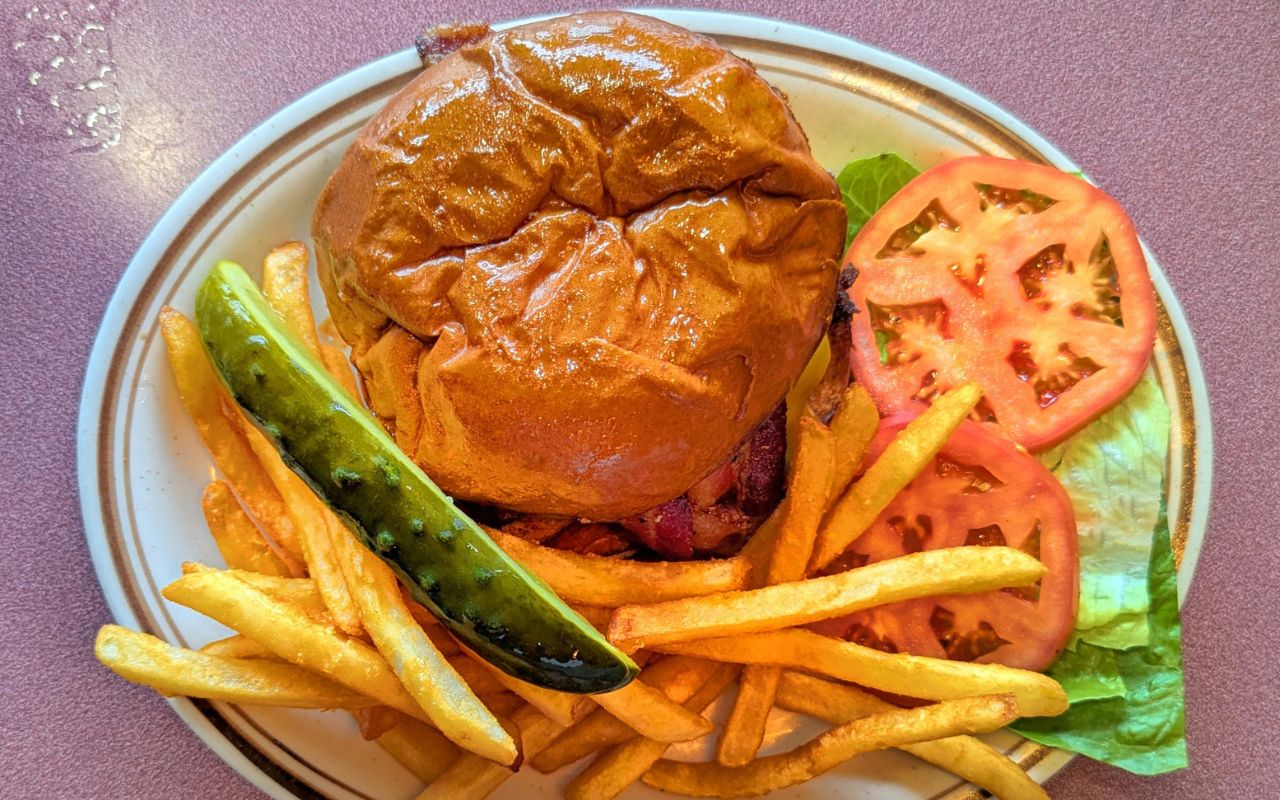The Real Story Behind America’s Obsession With Drive-Thrus
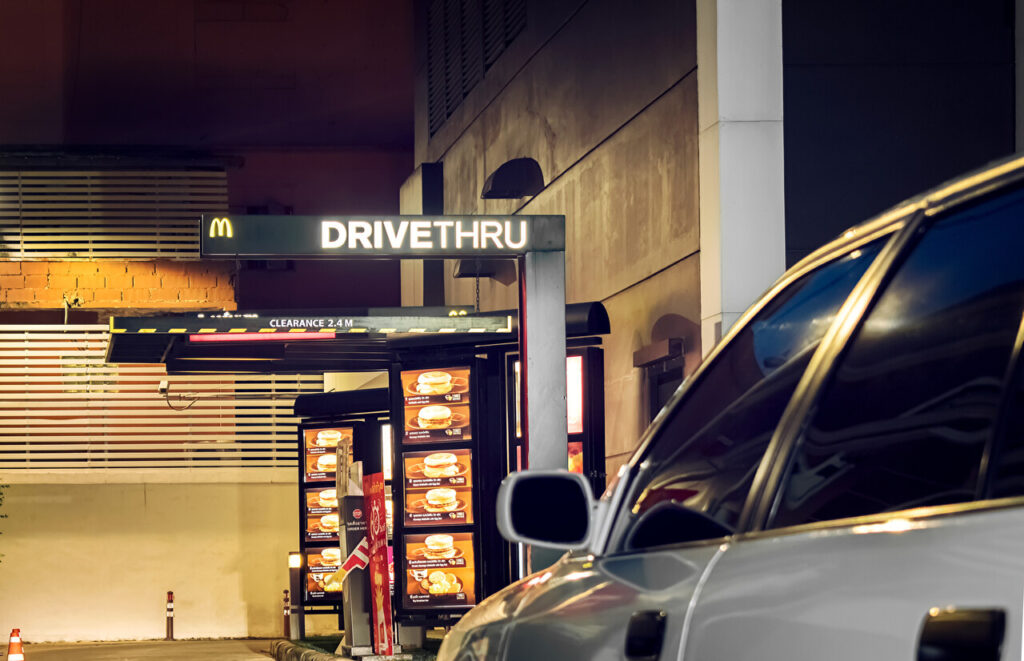
Drive-thrus aren’t just a convenience hack; they’re a lens on how Americans organize time, space, and work. The window at the curb tells a story about cars, commerce, and social habits that stretches from the postwar boom to the app era.
This piece maps that story: how the drive thru emerged, why it exploded alongside suburbia, how it shapes towns and health, and where technology and culture are pushing it next. The aim is practical clarity, to understand the forces behind the obsession, so the next time you pull up to the speaker, you’ll see more than a menu.
The Origins of the Drive-Thru
Drive-thrus grew out of a car-first culture that reimagined dining as something you could do without leaving your vehicle. The idea evolved from 1920s drive-ins and early roadside service concepts into formalized window service in the mid-20th century.
People invented systems, intercoms, lanes, and window workflows to move orders faster and keep cars moving. That early engineering set the stage for the drive-thru to become a national fixture rather than a local curiosity.
Early Car Culture
Cars changed how Americans conceived distance and daily life. As highways and routes spread, businesses followed, creating roadside services designed for motorists. This cultural shift turned dining into a mobile activity and made the drive-thru a natural innovation.
From Drive-In to Drive-Thru
The move from servers bringing food to parked cars toward customers ordering and collecting at a window was gradual but decisive. Innovations like two-way speakers and standardized window workflows professionalized the model and allowed for rapid scaling by chains.
How Suburbia and Cars Fueled the Drive-Thru Boom
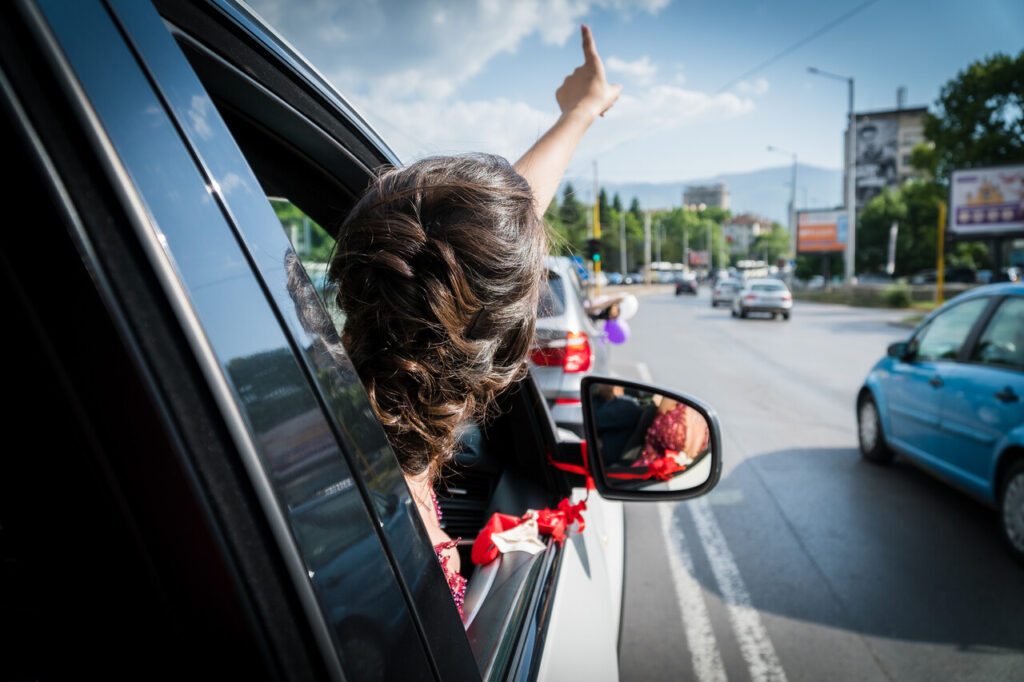
Suburban expansion and mass car ownership created concentrated demand for quick, on-the-go dining. As families dispersed into suburbs and commutes lengthened, stopping for a quick meal without leaving the car became both practical and desirable.
Franchising and standardized operations allowed national chains to replicate the drive-thru blueprint across the country, turning a local convenience store into a ubiquitous fixture in American towns and along highways.
Post-War Mobility
After World War II, housing developments, road building, and affordable cars rewired American life. Sprawl made walkable town centers less common and created demand for services that met drivers where they were. Drive-thrus filled that gap.
Chains, Franchising, and Scale
Fast-food chains turned the drive-thru into an industrial process, with menu engineering, lane design, and labor routines that prioritized throughput. The result: predictable, fast food service that fits into commuting windows and tight schedules.
The Mechanics of Convenience
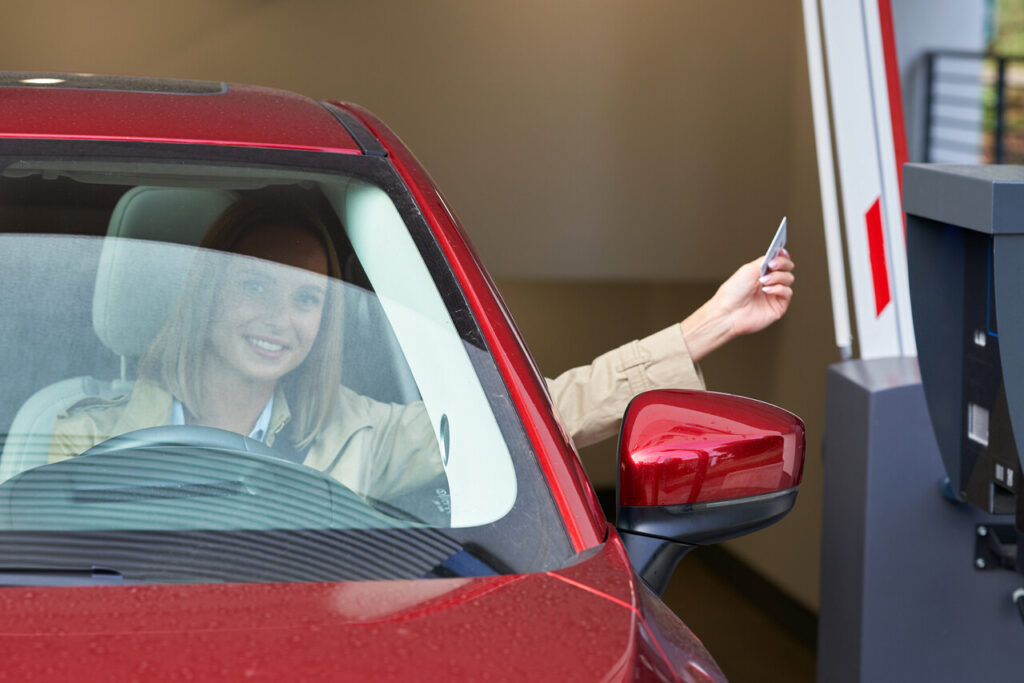
The appeal of the drive-thru is efficiency; it saves the step of parking, shortens transaction time, and slices into busy days. But that convenience depends on an engineered sequence: approach lanes, menu visibility, order capture, payment, and handoff.
Operators optimize every second. Lane design, speaker clarity, and window staffing are all about reducing friction and increasing turnover. The more seamless the flow, the more the model delivers on its promise of speed.
What Drive-Thrus Deliver
They deliver two things: time savings and predictability. For commuters, parents, and workers, those benefits translate into real utility, a hot meal without the time drain of dining in. That predictability is a core reason the format stuck.
The Business Logic
Drive-thru lanes increase per-store capacity and reduce the need for indoor seating, lowering real-estate costs. For many chains, the window is the most profitable part of the operation because it speeds transactions and scales labor efficiency.
The Cultural Appeal Beyond Food
Drive-thrus speak to more than hunger; they attach to identity and ritual. A late-night run, a first-date milkshake in a car, or the morning coffee pickup become social moments framed by movement and privacy.
For many, eating in the car is a shorthand for multitasking and convenience. For others, it’s comfort, a small, portable ritual that fits hectic schedules and creates shared, often nostalgic memories.
Drive-Thru Rituals
The rituals are simple: stop, order, wait, eat. Those repetitive acts form habits and memories, from road-trip fries to family taco stops, and that emotional layer helps explain why the format endures beyond pure utility.
Health, Environment, and Urban-Planning Impacts
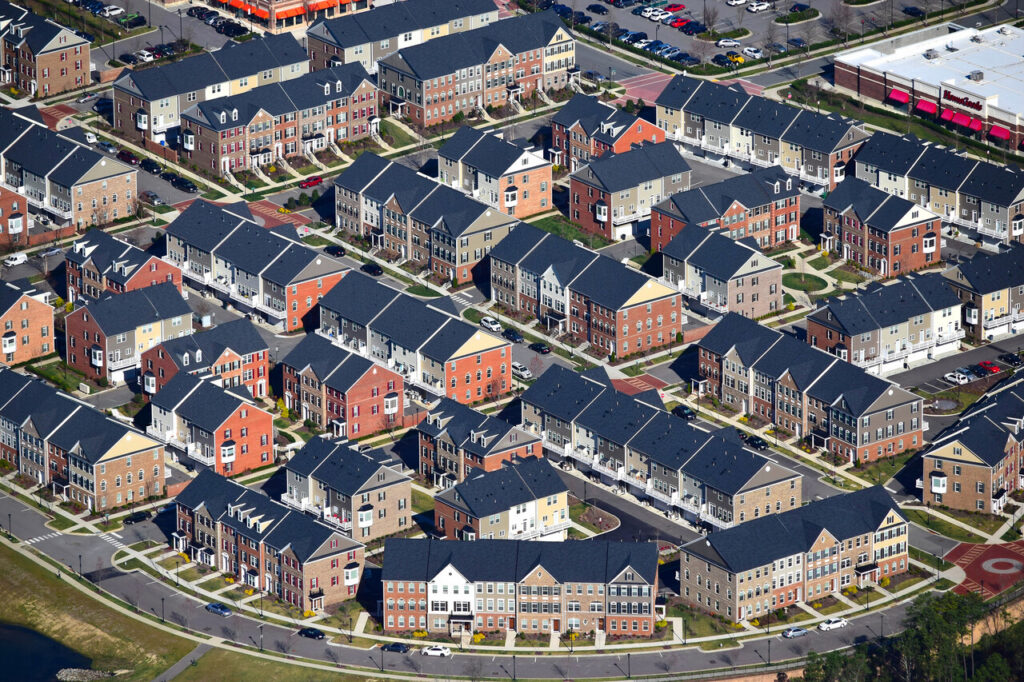
What drive-thrus give in convenience, they can take in broader costs. Long idling lanes raise emissions and local traffic; car-first design reduces walkability and shrinks public space. Health-wise, frequent reliance on quick, packaged meals ties into diet patterns linked with obesity and other risks.
These effects show up at both personal and city levels: more single-occupancy car trips, fragmented neighborhoods, and localized pollution near high-volume windows. Recognizing those trade-offs reframes the drive-thru from a neutral convenience to a policy concern.
Emissions and Traffic
Drive-thru lanes can create idling traffic and localized congestion, which contributes to air pollution and wasted fuel. The pattern scales: more lanes and more cars equal more cumulative emissions. Urban planners often see drive-thrus as incompatible with walkable, transit-friendly development.
Public Health and Behaviour
Eating on the go encourages portion sizes and food choices that favor convenience over nutrition. Regular reliance on drive-thru meals correlates with dietary patterns associated with higher caloric intake and lower nutritional quality, not the fault of the window alone, but a predictable outcome of the format.
The Drive-Thru in the Digital Age
Technology is rewriting the window. Mobile ordering, app pay, multiple lanes, AI order-taking, and contactless pickup have altered traditional flows and accelerated drive-thru volumes. The pandemic amplified these shifts as curbside and contactless models became essential.
That digital layer keeps the format relevant but also complicates labor, privacy, and design choices. Automation may speed service, but it raises questions about job quality and equal access for customers who don’t use apps.
Mobile Ordering and Curbside Pickup
Customers increasingly order ahead, which changes when and how cars arrive. Some restaurants built separate lanes or pickup lockers to handle this flow, while others integrated apps to smooth queueing. The result is both faster service and a new set of logistics to manage.
AI, Automation, and the Window of Tomorrow
Companies are experimenting with voice bots, predictive fulfillment, and layout redesigns to shave seconds off transactions. Those innovations promise efficiency gains but also require careful rollout to avoid service errors and alienating non-digital customers.
What the Obsession Really Says About America
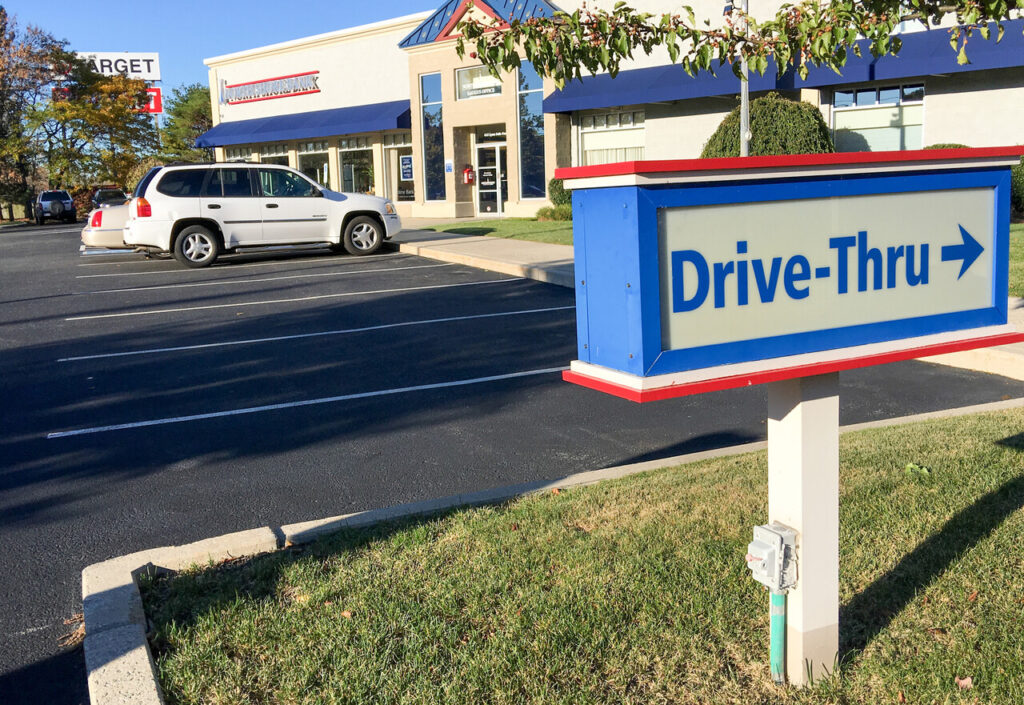
The drive-thru reflects American priorities: speed, mobility, and a premium on personal time. It signals a cultural willingness to reconfigure public life around the private car and to accept trade-offs between convenience and communal urban life.
Understanding the obsession tells us something about how Americans value time, how work patterns compress family life, and how infrastructure choices cascade into everyday habits. The window is a small technology with outsized social meaning.
References
- America’s Love Of Drive-thrus – npr.org
- America’s Driving Obsession is a Problem – americansurveycenter.org
- History of the Drive-Thru – benchmarkeatery.com
